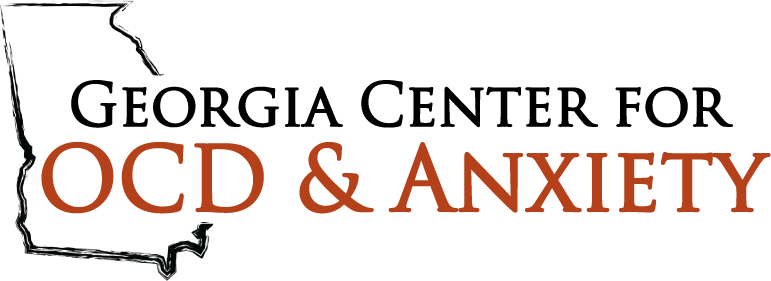Definition
Panic disorder is diagnosed in people who experience spontaneous panic attacks and are preoccupied with the fear of having another attack. Panic attacks, also referred to as anxiety attacks, are a sudden rush of uncomfortable physical symptoms along with thoughts of impending doom (making a scene, having a heart attack, not being able to breathe) and occur ‘out-of-the-blue’, sometimes even during sleep.
Symptoms
One or more physical symptoms are present during an actual panic attack. The physical symptoms are experienced in a severe manner and may include: increased heart rate, pounding heart, dizziness or lightheadedness, shortness of breath, inability to concentrate, confusion, sweating, trembling or shaking, chest pain or discomfort, nausea or abdominal distress, fear of losing control or going crazy, fear of dying, parathesias (numbness or tingling sensations), and chills or hot flashes. As a result of the associated physical sensations, particularly the rapid changes in heart rate and breathing, individuals often believe they have some kind of physical disorder. In other cases, one may have concerns are about the possibility of having a psychotic condition.
Frequently, an individual’s first panic attack will take place in a distinct situation; however, later attacks are unpredictable in time or place. After multiple panic attacks, the individual can become afraid of being helpless to the attacks. They may hesitate to be alone, to leave home, or to be in public places. The sufferer often remains physically and psychologically tense in preparation for the next attack.
Many people don’t know that their disorder is real and highly responsive to treatment. Some, afraid or embarrassed to tell anyone, suffer in silence, distancing themselves from friends, family, and others who could be helpful or supportive.
Prevalence
Panic Disorder typically develops in early adulthood, and an estimated six million American adults experience Panic Disorder in a given year (2-5% of the population). Women are twice as likely as men to have Panic Disorder.
Treatment
Panic Disorder is among the most treatable of all emotional disorders. Scientific research has shown Cognitive Behavioral Therapy (CBT) to be the most effective and empirically validated therapy for panic. CBT for panic attacks and agoraphobia involves techniques to help the sufferer learn anxiety and panic are not dangerous, and it isn’t necessary to rely on “safety strategies,” avoidance, or anti-anxiety medications to manage anxiety or remain safe.
For some individuals, Panic Disorder is accompanied by Agoraphobia. About one in three people with panic disorder develops agoraphobia.
Agoraphobia is fear of being in any situation from which escape might be difficult or embarrassing or in which it might be difficult to get help if something were to go wrong. Situations that often are difficult for an individual suffering from agoraphobia include being in a public place (shopping malls, large sports arenas), standing in a line, crossing bridges or riding in buses, trains or cars. It is common for individuals to develop a fixed route and it may become impossible for them to travel beyond their safety zones without suffering severe anxiety.

